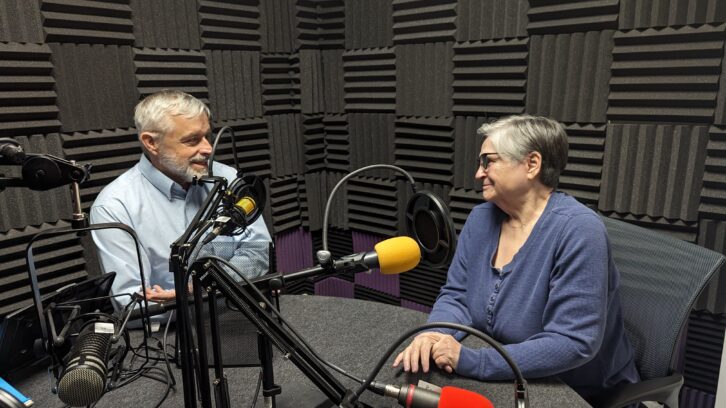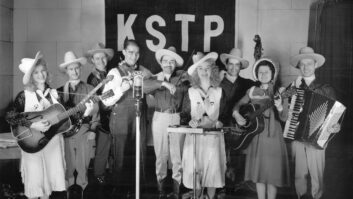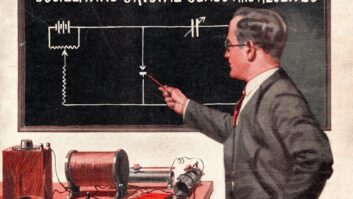A Radio World ebook provides insights for the next generation of low-power FM stations now coming on the air. This is an excerpt.
The author is volunteer engineer to KTPJ(LP) in Pueblo, Colo., and a contributor to Radio World.
On occasion we might find ourselves promising to help with an engineering project that we never really expect will come to fruition. Yet such a project may end up making a big difference in the life of a community.
Almost 25 years ago the FCC began allowing small local organizations to file for low-power licenses. My broadcast engineering partner Dan Thomas and I were friends with a member of a church that had decided to file for a license and pull together money for such a station. Its programming would be a combination of local and satellite content available through the networks their organization was using for the global ministry.
Feeling that LPFM licenses were likely to be gobbled up by bigger interests, Dan and I thought the church was unlikely to succeed. But we told our friend that if it did, we’d handle their engineering.
Much to our surprise, some months later our friend came bounding into Dan’s office with a beaming smile — and a construction permit.
Things got interesting. Dan did some research and found a tower that could be assembled and then swung up into position with a typical crane. A local contractor poured the base per tower manufacturer specification. After a contentious public meeting, the city somehow granted a waiver to allow the tower to be built next to the church. (In retrospect, nobody knows exactly how this got through.)
The church held a fund drive to help pay for equipment. In the studio that meant a mixture of broadcast gear, including a Radio Systems board, and consumer-grade machines. For RF it meant a Crown transmitter, a good FM antenna, coax and proper mounting hardware. Studio equipment can be upgraded as the station grows, but RF systems are a more long-term decision.
The station picked an air date in 2003 and planned a weekend celebration; but no one told us about that part. We just thought we had a soft target date.
Its network programming depended on an 8-foot Scientific Atlanta dish on the flat roof of an annex to the church. Days before the grand opening, we were having trouble getting the dish to align, so we planned to come back and try again on Friday; but then we learned about the festivities that had been planned around the launch.
Come Friday we were up on the roof in temperatures below freezing, driven by the urgency of the project. To make matters more interesting the church has a strict belief in keeping the Sabbath — no labor is to be done from sundown Friday to sundown Saturday.
So, as the sun set in the western sky, just like in the movies, we got that signal and locked down the dish. The rest of the studio, tower and antenna had been finished, so KTPJ(LP) went on the air.

20+ years later
Radio is a tough business. Volunteer-based radio is even tougher.
In my experience, the LPFM stations that succeed have committees of local people who are actively involved and who share a vision for the station. As an engineer, I’m hired to help them realize that vision; but they work together to find the funding, the talent and the programming to make the station a resource for the community, just as the FCC envisioned almost a century ago, to serve the public interest, convenience and necessity.
In a church setting where pastors come and go, the vision and commitment must come from the church members.
In this case there is a radio board that oversees the station activities and reports back to their church council. The board includes a president, station manager, content manager and several programmers who make sure the computer is playing out the correct programs.
This group has maintained the station well. They keep extensive logs on the readings for all the transmitter parameters, modulation levels and EAS printouts and e-mails. They are meticulous about EAS. They have expanded by adding streaming and a podcast studio. Podcasts are hosted by members of the church and feature a variety of guests. They maintain a digital library of local interviews and other programming, including podcasts, produced for the station.
I don’t know how many community-based low-power FM stations have made it to the 20-year mark. For those who have, you should be celebrated. Congratulations to Hope Radio of Pueblo, Colo., and all the low-power FMs that touch their local listeners every day.







